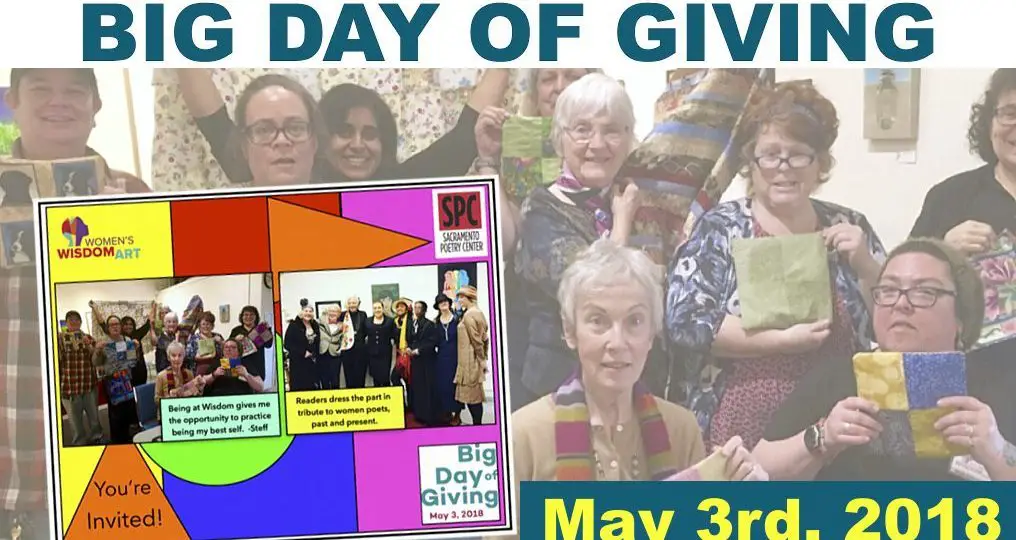The post is developed in partnership with BetterHelp.
Body language, also known as non-verbal communication, is a way that humans (and animals) communicate with each other to express a message without using words. It can even be used while speaking to enhance conversation and further communicate something that isn’t being directly spoken.
Learning about body language can help us in various aspects of interpersonal life. When it comes to speaking to others, you may also want to learn if there are any hidden meanings behind their actions. If you’re looking to enhance your mental health in relationships, check out these nine types of body language and how to spot them.
Eye Contact
Eye contact is one of the most common non-verbal signals that we use to determine something about a person. For example, someone who has difficulty making eye contact may seem untrustworthy or nervous. In all actuality, many people who can’t make eye contact may struggle with social anxiety or could be autistic.
Eye contact often signals in a professional environment that someone is confident, serious about their desires, and open to social connection. Practicing eye contact in the mirror or with someone you trust can help you improve this social skill.
Hand Gestures
Many people speak with their hands when they talk. In fact, people who speak with their hands at the same time as verbal speech are often seen as more powerful, confident, and intelligent. If you are giving a presentation at work or school, try moving your hands while you talk to demonstrate your presentation. You may find that it increases your grade!
If you want to learn more about how body language like this can impact you psychologically, check out the BetterHelp advice column today.
Vocal Tone
Although your vocal tone is verbal, it’s considered body language because it doesn’t contain words or direct messages. Your vocal tone can tell others a lot about how you’re feeling or what you’re thinking without you even communicating it to them.
For example, you may feel irritated, and your voice may get short and choppy or louder, depending on the topic you’re speaking about. This change in tone can signify to someone near you that you’re angry or irritated.
At times, vocal tone can give off a message opposite to what you’re trying to give off. If you struggle with understanding or hearing your own tone, a speech therapist may be able to help.
Physical Touch
Physical touch can be given in many ways, and it can communicate many different things. For example, touching someone lightly on the shoulder often indicates emotional support, kindness, and care. On the other hand, punching someone in the face is a pretty big indicator of anger or hatred (obviously).
Physical touch can also communicate love between partners or sadness and longing. Your intentions behind your physical touch often communicate words that are unsaid, which makes this a non-verbal type of communication.
Remember, physical touch should always be consensual. Non-consensual physical touch is considered harassment or assault.
Body Positioning
The positioning of your body is another type of non-verbal communication. In many cases, body positioning is more subconscious than chosen. However, you may also physically choose to lean into someone that you care about.
In many cases, studies show that people will sit closer to those they respect and care about. People may even lean into someone whom they respect or see as a supportive influence in their life. If you turn your body away from someone in photos or tend to stand far away from other people, this could signify that you have trouble connecting or do not like the person.
Head Movements
Head movements, like nodding, are common forms of body language. Humans most commonly will nod our heads to signify “yes,” or shake our heads from side to side to signify “no.” We may also put our heads to the side if we’re confused or look around when we are nervous. These types of body language are deeply connected to communication and emotion.
Posture
Did you know that posture is another form of body language? People who are nervous may slouch more often, while people who feel confident and unafraid often stand straighter and have a more open posture.
Silence
Silence is a non-verbal form of communication that is based on speech. It still made this list because it serves to communicate something outside of words.
When someone is silent or refuses to talk, it may mean the following:
- They are done with the conversation
- They don’t want to talk to you
- They can’t hear you
- They are confused or don’t know what to say
There are many reasons someone may give the silent treatment, so it’s a good idea to ask if you’re unsure.
Facial Expressions
Facial expressions are another one of our most common forms of body language. Facial expressions can communicate emotions, messages, and inner thoughts. At times, our facial expressions are subconscious. Other times, we use them to communicate a feeling or message to someone else.
For example, smiling is often an immediate reaction to happiness or something funny. On the other hand, crying or frowning can indicate sadness. We may choose to wink at someone when we want to joke around or flirt with them. We can also choose to smile to make someone else feel better. It’s both a conscious and subconscious choice.
Conclusion
Body language starts in all humans from birth. We use it to communicate before we can talk. Once we do learn to talk and communicate, our body language continues to be an important way to communicate. We hope you enjoyed this list of nine types of body language and that you’ve learned something new about how you and the people around you communicate with each other.





